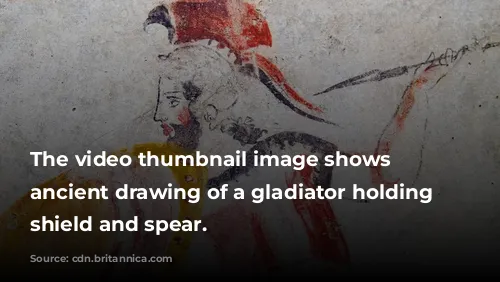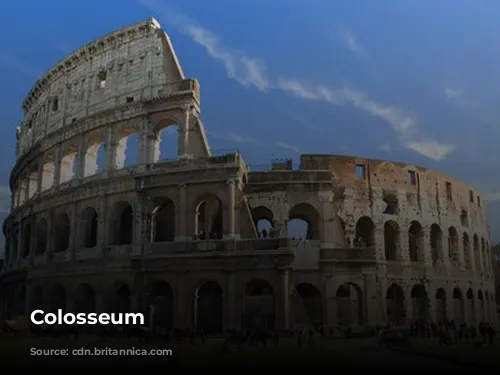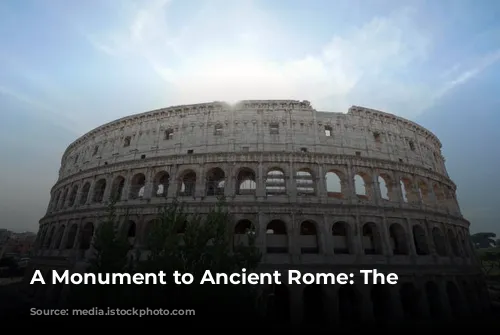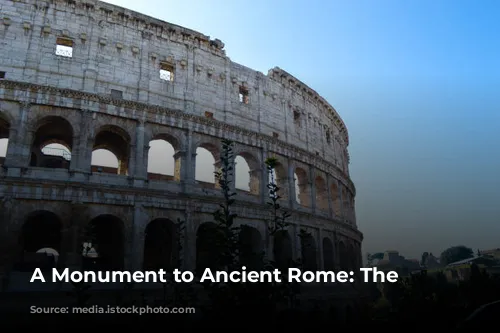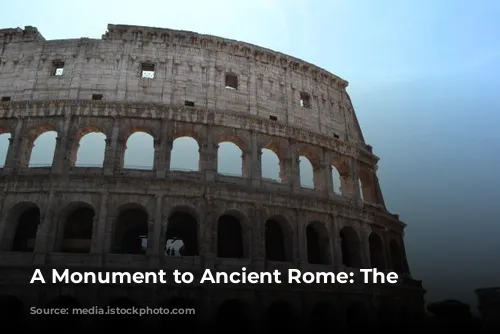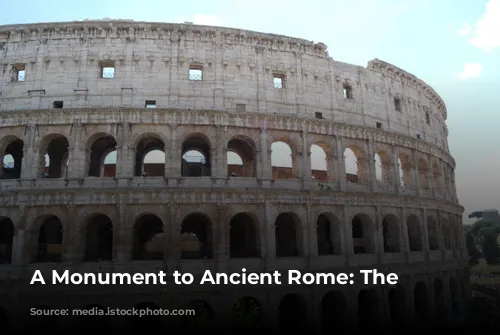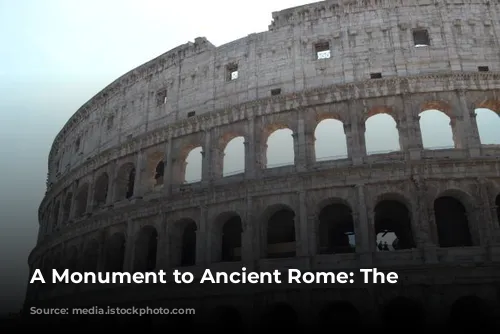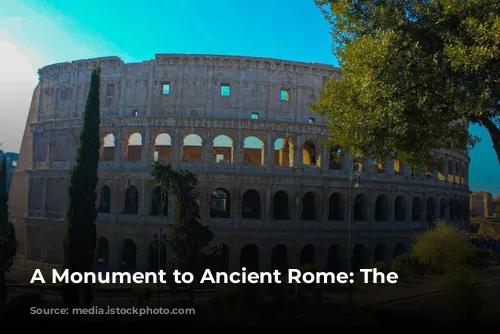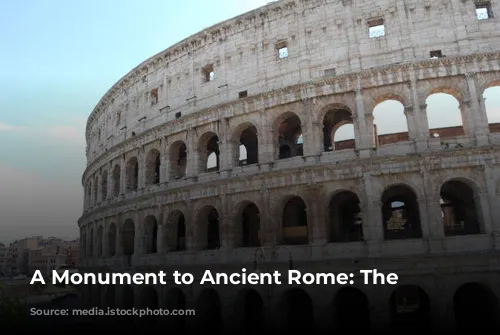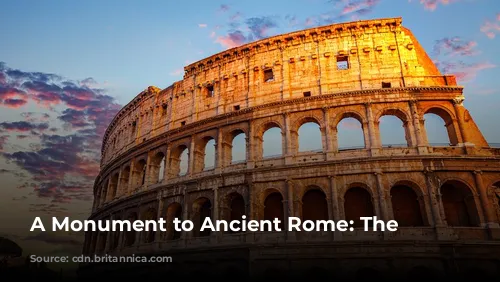The Colosseum, standing as a testament to ancient Rome’s architectural brilliance and engineering prowess, remains one of the few largely intact structures from the Roman Empire. This awe-inspiring monument is not only a historical gem but also a major draw for tourism, generating significant revenue for the Italian government. In 2018 alone, the Colosseum, Roman Forum, and Palatine Hill collectively raked in over $63.3 million (€53.8 million), making it the most popular tourist attraction in Italy.
From Glory to Neglect and Back
Despite its enduring presence, the Colosseum’s journey has been far from smooth. After the fall of the Western Roman Empire, the magnificent structure fell into a state of disrepair. The 12th century saw the Frangipane and Annibaldi families repurpose the arena as their fortress, transforming it into a symbol of power and control. By the late 15th century, Pope Alexander VI permitted the Colosseum to be used as a quarry, a stark contrast to its former grandeur. This period of neglect, spanning over a thousand years, left the Colosseum ravaged and depleted. It was not until the 1990s that state-funded restoration efforts commenced, breathing new life into the ancient wonder.
A Symbol of Imperial Might and Entertainment
The Colosseum was built during a time of imperial ambition, a period of revitalization for Rome after the tumultuous year of the four emperors in 69 CE. Emperor Vespasian, eager to solidify his reign, saw the Colosseum as a way to bring entertainment and spectacle to the masses. Like other amphitheaters, the Colosseum was envisioned as a venue for captivating performances – from thrilling gladiator fights and exhilarating animal hunts to even mock naval battles.
The Colosseum’s Construction and Dedication
The construction of the Colosseum commenced under Emperor Vespasian between 70 and 72 CE. Its dedication, however, took place in 80 CE, during the reign of Titus, Vespasian’s son and successor. The Colosseum’s fourth story was later added by Emperor Domitian in 82 CE. Interestingly, the funds used to finance the construction of this monumental structure were derived from the spoils of war – specifically, the loot obtained from Titus’s conquest of Jerusalem in 70 CE. The labor force employed for the project consisted of Jewish slaves captured during the siege of Jerusalem. The Colosseum stands as a poignant reminder of the empire’s power and the brutal consequences of its expansion.
A Colossal Engineering Feat
The Colosseum, also known as the Flavian Amphitheatre, is an elliptical structure built from stone, concrete, and tuff. This architectural marvel rises four stories high, stretching 620 by 513 feet (189 by 156 meters). It had the capacity to accommodate a staggering 50,000 spectators, providing a grand stage for the spectacle of gladiatorial combat and other public events.
A Grand Structure and Its Symbolism
The Colosseum’s location was not merely a practical choice but also a strategic one. Built just east of the Palatine Hill, on the site of Nero’s Golden House, the Colosseum replaced the artificial lake that once graced the center of the palace complex. Vespasian, whose rise to power was far from privileged, sought to replace the tyrannical emperor’s private retreat with a public arena, a symbol of inclusivity and accessible entertainment for the Roman populace.
A Masterpiece of Architecture and Engineering
The Colosseum, unlike earlier amphitheaters, is a freestanding structure, showcasing the ingenuity of Roman engineering. Its construction involved a complex system of barrel vaults and groin vaults. The arena’s three stories are adorned with arcades framed by engaged columns in the Doric, Ionic, and Corinthian orders, a testament to the evolution of architectural styles. The Colosseum’s distinctive design, with its rising arrangement of columns, became a blueprint for the Renaissance codification of architectural orders. Travertine was the primary material used for the structure’s framework and façade, while volcanic tufa served as the secondary walls. Concrete was employed for the inner bowl and the arcade vaults, highlighting the Romans’ masterful use of this revolutionary material.
A Venue for Spectacle and Entertainment
The Colosseum, with its impressive seating capacity, boasted a massive retractable velarium, a sunshade designed to shield the audience from the relentless Roman sun. Supporting masts extended from corbels built into the Colosseum’s top story, or attic, requiring the skillful maneuvering of hundreds of Roman sailors to manage the rigging that extended and retracted the awning. The Colosseum served as the backdrop for countless gladiatorial combats, contests between men and animals, and even elaborate mock naval engagements. While it is uncertain whether the arena was the site of the martyrdom of early Christians, the Colosseum’s history is intertwined with the Roman Empire’s cultural and social practices.
From Neglect to Restoration
Over time, the Colosseum’s grandeur was marred by neglect. During medieval times, it was used as a church, then as a fortress by powerful families. The structure suffered damage from lightning, earthquakes, and vandalism, stripped of its marble seats and decorative materials. For over a thousand years, the Colosseum was treated as a quarry, its magnificence slowly fading into the shadows of time. Preservation efforts began in the 19th century, spearheaded by Pius VIII, but it was not until the 1990s that a comprehensive restoration project was undertaken.
A Timeless Icon
Today, the Colosseum continues to stand as one of Rome’s most significant tourist attractions, drawing in close to seven million visitors each year. The Colosseum, a symbol of Rome’s past and a testament to human ingenuity, continues to inspire awe and wonder in its visitors, reminding us of the enduring legacy of the Roman Empire. Regularly changing exhibitions showcasing ancient Roman culture are held at the Colosseum, ensuring that this magnificent monument remains a living testament to the past.
